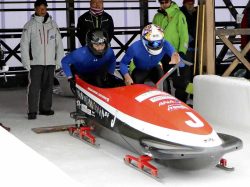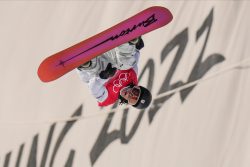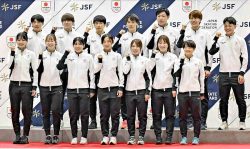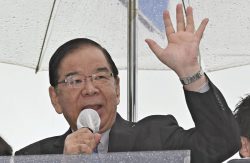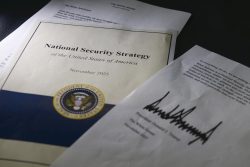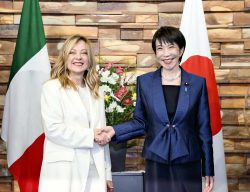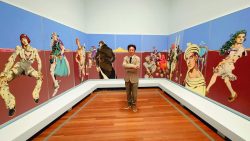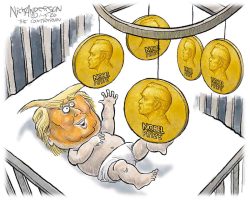Paris Paralympics Signaled New Era of Japanese Para-Sport; Training Facilities, Opponent Analysis Secure Golds
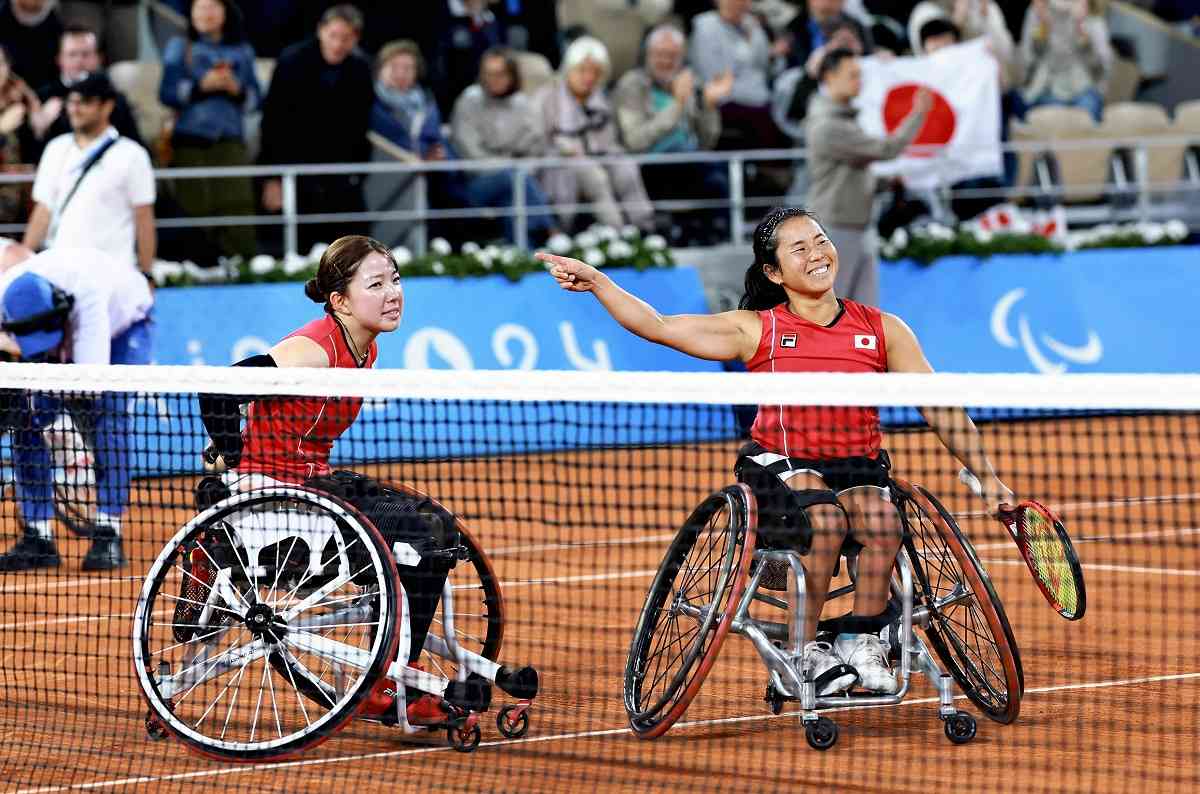
Yui Kamiji, right, and Manami Tanaka win the gold medal in women’s wheelchair doubles in Paris on Thursday.
20:00 JST, September 10, 2024
At the Paris Paralympics, which closed on Sunday, Japan won a total of 14 gold medals, one more than at the Tokyo Games in 2021. The increased sophistication of Japanese para-sport was demonstrated, as systematic training and in-depth analysis of opponents led to the country’s first gold medals in some events.
Japan amassed 41 medals in total, finishing 10th in the world in terms of the number of gold medals and 11th in terms of total medals.
Aki Taguchi, head of the Japanese Paralympic Games delegation, praised the nation’s athletes at a press conference summarizing the Games on Sunday.
“They challenged their own limits and embodied the unlimited potential of Para athletes,” Taguchi said.
The level of Para athletes has risen significantly in recent years as para-sports have become more widespread, and having a precise strategy has become indispensable.
In the wheelchair tennis event, where Japan secured three golds and one silver, the team’s staff analyzed videos of their opponents’ plays. Before the Games started, they devised tactics suitable for each individual member of the team and considered the best combinations for the doubles events.
As a result, Japan succeeded in winning the women’s singles and doubles titles, denying the Netherlands its ninth consecutive golds in both events. Yui Kamiji starred in both finals.
Kamiji and her partner, Manami Tanaka, became the first Japanese pair to win the event.
At a press conference on Sunday, International Paralympic Committee (IPC) President Andrew Parsons cited the wheelchair tennis singles final, in which Kamiji defeated the Netherlands’ player, as an example of the rising level of competition.
The men’s goalball team grabbed its first gold medal by making effective use of Japan’s barrier-free facilities.
The team held extended training sessions at the Ajinomoto National Training Center’s Indoor Training Center East facility in Kita Ward, Tokyo, construction of which was completed in 2019. Team members have systematically developed their physique and improved their skills under expert guidance.
Head coach Rikiya Kudo said, “Without the environment provided by the extended training sessions, which allowed players to concentrate on strength training, and without meals and lodging being prepared for them, no matter how strong a passion the individuals had, they would not have improved their performance as much.”
Swimmers Keiichi Kimura and Takayuki Suzuki, who both won multiple medals at the Paris Games, also train at the facility and receive support, such as motion analysis, from the medical science staff.
Takumi Uegaki, general manager of the Japan Paralympic swimming team, said, “The factor that most contributed to the success was that we were able to make the most of the national training center’s facilities when training.”
Meanwhile, Kenya Karasawa, a silver medalist in the men’s 5,000 meters T11 class for visually impaired athletes at both the Tokyo and Paris Games, joined the team of Subaru Corp. in Gunma Prefecture, after the Tokyo Games and has been training professionally.
“I thought changing my environment would enable me to aim toward a higher level of performance,” Karasawa said.
Since the end of the Tokyo Games, companies have actively hired top para-athletes, and an increasing number of them are now able to compete without having to worry about their income.
Before the Paris Games began, some of the world’s leading Paralympians have responded to an IPC campaign by posting messages on social media stating that they will not “participate” at the Paris Games, they will “compete.” Japanese athletes were no exception, welcoming the new era of competition at a high level.
The excitement generated by the many heated battles will help those unfamiliar with para-sports to discover their appeal and deepen their understanding of people with disabilities.
"Sports" POPULAR ARTICLE
-
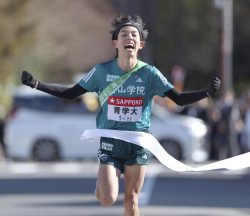
Hakone Ekiden 2026: Aoyama Gakuin Leads Tokyo-Hakone Ekiden After Record-Breaking End to 1st Day (Update 1)
-
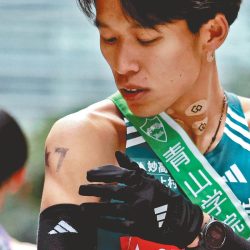
Hakone Ekiden 2026: Aoyama Gakuin Hakone Ekiden Runners Kept Departed Teammate in Their Thoughts During Race
-
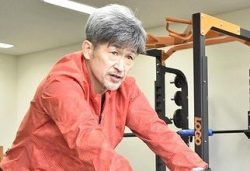
‘King Kazu’ Joins J3’s Fukushima United FC on Loan; 58-Year-Old Kazuyoshi Miura Returns to J.League for 1st time in 5 Years in 2026
-

At 58, the World’s Oldest Professional Soccer Player Says He Is Only Getting Better with Age
-
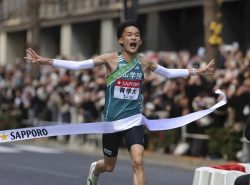
Hakone Ekiden 2026: Aoyama Gakuin Defends Tokyo-Hakone Ekiden Title
JN ACCESS RANKING
-

Japan Govt Adopts Measures to Curb Mega Solar Power Plant Projects Amid Environmental Concerns
-

Core Inflation in Tokyo Slows in December but Stays above BOJ Target
-

Major Japan Firms’ Average Winter Bonus Tops ¥1 Mil.
-

Bank of Japan Considered U.S. Tariffs, Coming Shunto Wage Hike Talks in Its Decision to Raise Interest Rates
-

Tokyo Zoo Wolf Believed to Have Used Vegetation Growing on Wall to Climb, Escape; Animal Living Happily after Recapture


